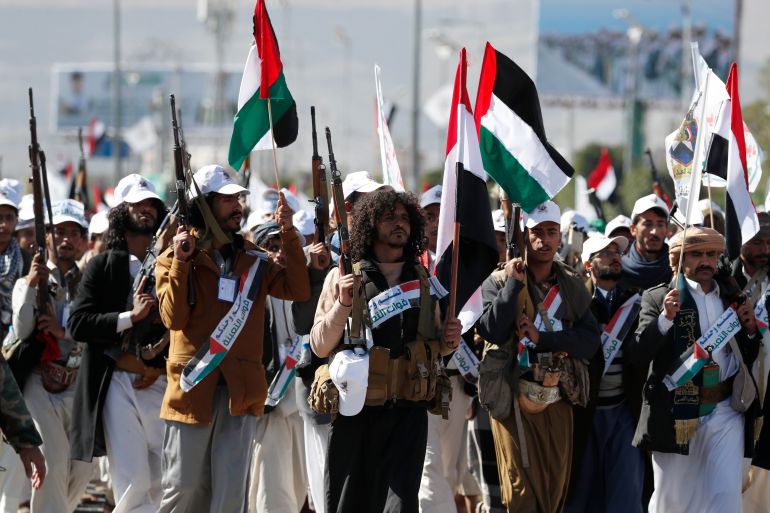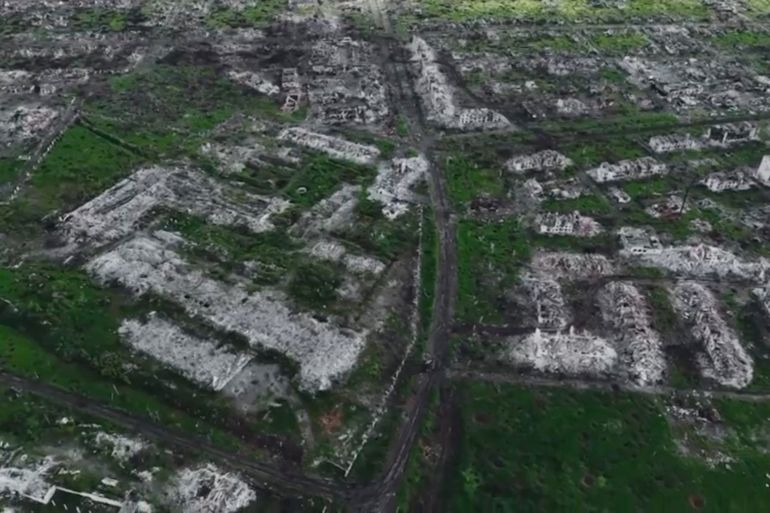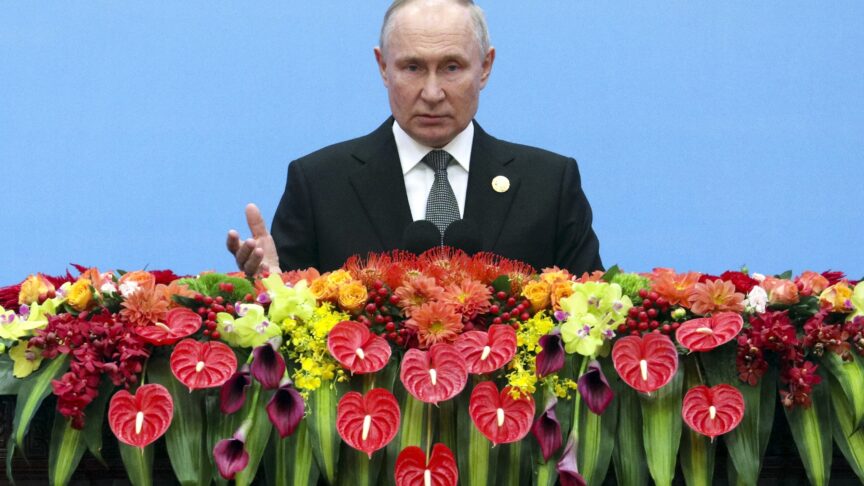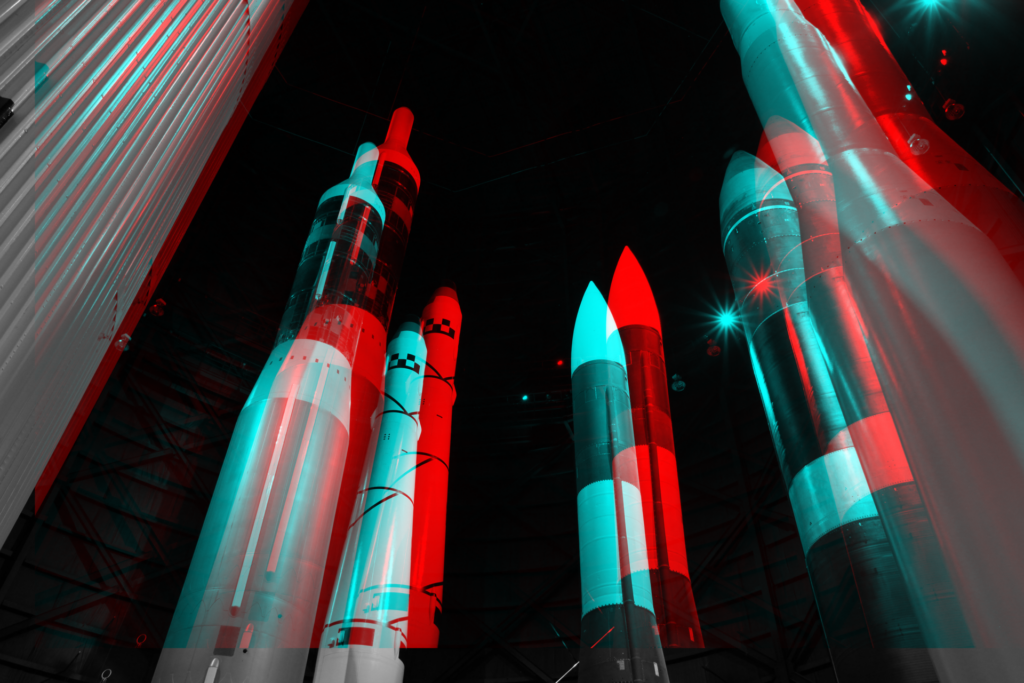
Yemen’s Houthi rebels have warned Israel, the United States and other Western allies that any hostile move from foreign forces against the country will have dire consequences and come at great cost.
The Iran-aligned Houthis, who control much of Yemen but are not recognised internationally, have escalated maritime tensions by launching near-daily attacks on vital waterways to pressure Israel in its war against Palestinian armed group Hamas.
Ali al-Qahoum, a member of the Houthi’s Ansarullah politburo, said Yemen was ready with all defensive options to respond to any military moves by the US, Israel or other Western powers.
“The Houthis will not abandon the Palestinian cause, regardless of any US, Israeli or Western threats,” al-Qahoum said in an interview with Lebanon-based Al Mayadeen TV late on Friday, adding that operations against Israel will continue.
The threat comes as two of the world’s largest shipping companies announced they will pause all journeys through the Red Sea after a series of attacks on vessels by the Houthis.
Danish shipping company Maersk said on Friday it was suspending its vessels’ passage through the key Bab el-Mandeb Strait, and the German container shipping line Hapag-Lloyd said it would pause journeys in the Red Sea until Monday.
Staunch supporters of Palestinians, the Houthis claimed responsibility for the attacks and said, “We will continue to prevent all ships heading to Israeli ports until the food and medicine our people need in the Gaza Strip is brought in.
















